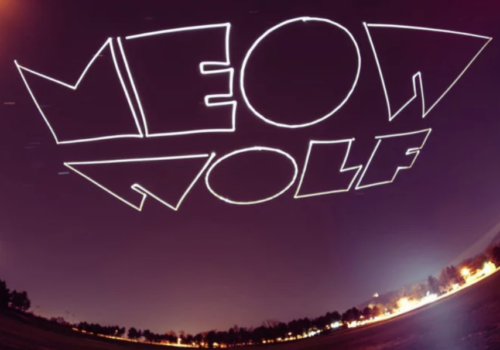The concept is simple, like looking at constellations of stars as a form of communication: A drone slowly moves in patterns, acting as a light paintbrush on the night sky. A slow exposure camera records its movements as message(s).
This drone flying to its many waypoints would look random to the human eye, yet the camera would be able to reconstruct the message whether it be an image or text. It’s a simple and inexpensive way to communicate covertly over long distances without exposing positions.
Manufacturers like DJI have posted guides, and basic proof-of-concept instructions by photographers have been posted online:
When creating these drone patterns in the sky I use the program Litchi that you can buy for 10 bucks from the app store on Android or Apple. You can use other apps such as Red Way Point or any app that can place waypoints to do this same thing, but I find Litchi has more finesse. The reason it does is that it can connect to Google Earth. […] A tried and true spot is around 900 ft by 600 ft. This is also important because waypoints can’t be too close or the drone won’t fly the pattern (This is only if you are working in a horizontal plane).
Here is an example of their text experiment:

And here’s a video that has been greatly sped up for the human eye to see connected waypoints for an image:
Adding more drones would solve for the waypoint distance issue, such that a swarm could write tight messages and just look like a dance of randomness.
Naturally to really achieve covertness, the messages being painted would be encrypted. Even a substitution cipher would do, and also could help reduce waypoint distance issues.

As a final thought, swarms of machines embedded in the field with visual sensors pointed to the sky could be commanded and controlled by this form of drone sky painting (e.g. a box means stop, an arrow means advance, a circle means retreat). And in reverse (view from above) a low-flying drone or a laser pointed at the ground could assist targeting from higher-flying drones.
This doesn’t necessarily have to be something insidious; temperature numbers painted in the sky at night could change sensors across an agricultural field to start/stop watering or deploy drones equipped for pest management.